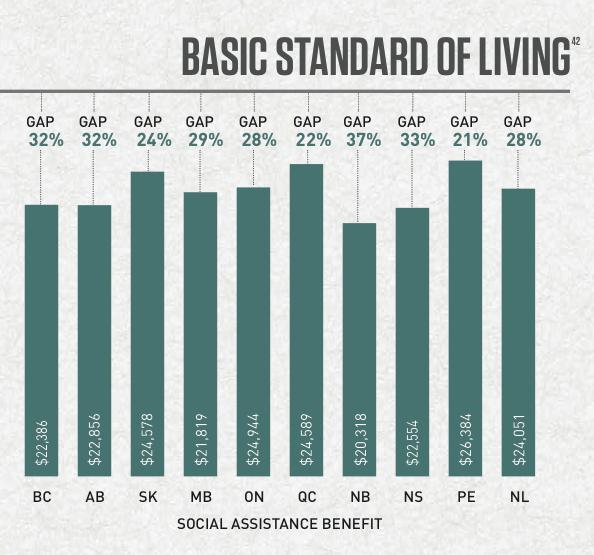
2 minute read
Note to Readers
Major changes to the collection of statistics in Canada in 2014 have made this another difficult year to report on child and family poverty in New Brunswick. Until 2013, we relied on the annual release of “Incomes in Canada” for data on the rate and number of people living in poverty collected in the Survey of Labour Income Dynamics (SLID). In 2013, SLID was discontinued and replaced by the Canadian Income Survey (CIS). As of October, CIS data have yet to be released and assessed for their comparability to SLID data, making it difficult to track progress, or lack thereof, against child poverty. The ability to compare and assess trends in child poverty rates was also hampered by the 2010 cancellation of the Mandatory Long Form Census which was replaced by the National Household Survey (NHS). Data from the Mandatory Long-Form Census was previously used to track and compare child poverty rates for specific groups with the highest levels of poverty. namely recent immigrants, Aboriginal and disabled people.
Statistics Canada cautions that the 2011 NHS data is not comparable with previous census data because participation in the survey was voluntary, making the results “subject to potentially higher non-response error” than 2006’s Mandatory Long-Form Census. Tracking the experiences of marginalized groups through a mandatory census is crucial to the design of effective poverty reduction initiatives by all three levels of government. Campaign 2000 strongly urges the federal government to reinstate the Mandatory Long Form Census or a similarly reliable data source immediately. This report uses Statistics Canada’s T1 Family File (T1FF) to report on poverty unless otherwise indicated. The T1FF is based on Taxfiler data collected from income tax returns and Canada Child Tax Benefit (CCTB) records. Statistics Canada constructs households and family income levels by matching individual tax files, though family income calculations do not include income from other relatives living in the household.
Since the introduction of the UCCB in 2006, the process of identifying children under 6 has improved. Compared with the official Statistics Canada population estimates, T1FF has better coverage of children. It is important to note that due to methodological differences, low income rates derived from T1FF cannot be compared or contrasted with those calculated through the NHS and SLID.
CHILD POVERTY REPORT CARD
New Brunswick• November 2014
Prepared by Randy Hatfield (Executive Director) and Jenny O’Connell (Community Development Coordinator) with the Human Development Council, a local social planning council that co-ordinates and promotes social development in Greater Saint John. Copies of the report are available from:
Human Development Council www.sjhdc.ca (under Products & Services) 39 King Street, 3 rd Floor Brunswick Square, Unit C1 PO Box 6125, Station A Saint John, New Brunswick E2L 4R6 Tel: 506.634.1673 Fax: 506.636.8543 info@sjhdc.ca
Campaign 2000 is a non-partisan, cross-Canada network of 120 national, provincial and community partner organizations committed to working to end child poverty in Canada. See www.campaign2000.ca for further information on actions you can take to help end child poverty.
© Human Development Council, 2014







